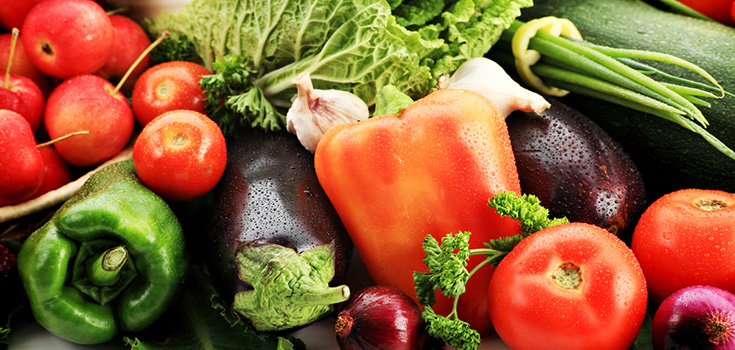90% of High School Students Lack Sufficient Intake of Fruits and Vegetables

A new study conducted by the Centers for Disease Control and Prevention (CDC) found that 90% of teenagers do not eat a sufficient amount of fruits and vegetables. This study is indicative of not only the disregard to proper nutrition by teens and their parents, but the lack of quality food being served at most school cafeterias.
This study follows a study conducted by the CDC in 2007, which found that only 32% of the 100,000 teenagers ate at least two servings of fruit per day. Even fruit juices were counted in this study, which means that the real percentage is probably much less when omitting sugar-filled fruit juices.
The number of students consuming adequate amounts of fruit is quite low, but the number of students consuming a proper amount of vegetables is even lower. The same study found that only 13% of students consumed at least 3 servings of vegetables on a daily basis. Less than 10% of students polled were found to eat a proper amount of both.
“A diet high in fruits and vegetables is important for optimal child growth, maintaining a healthy weight, and prevention of chronic diseases such as diabetes, heart disease and some cancers, ” said William H. Dietz, director of the Nutrition, Physical Activity, and Obesity Division of the CDC.
He also went on to say, “This report will help states determine what is taking place in their communities and schools and come up with ways to encourage people to eat more fruits and vegetables.”
The results varied per state, with Arkansas and North Caroline scoring particularly low. Vermont and New England, however, scored quite high. The study found that states with more farmers markets per capita than the national average tended to score higher. In addition, high scoring schools also seemed to help increase fruit and vegetable consumption.
The study sheds light on how far the nation is from reaching the standards of nutrition as set by the government. The goal of the government was to get 75 percent of people to consume two daily fruit servings, and 50 percent to consume three daily vegetable servings by 2010. This study shows that there must be drastic reformation in nutritional education in order for that goal to be met.

Very true about liposomal Glutathione allowing it be absorbed more readily, you can also use Acetyl Glutathione to achieve similar results. The benefit of Acetyl Glutathione is you don’t have to worry about the shelf life of the supplement.